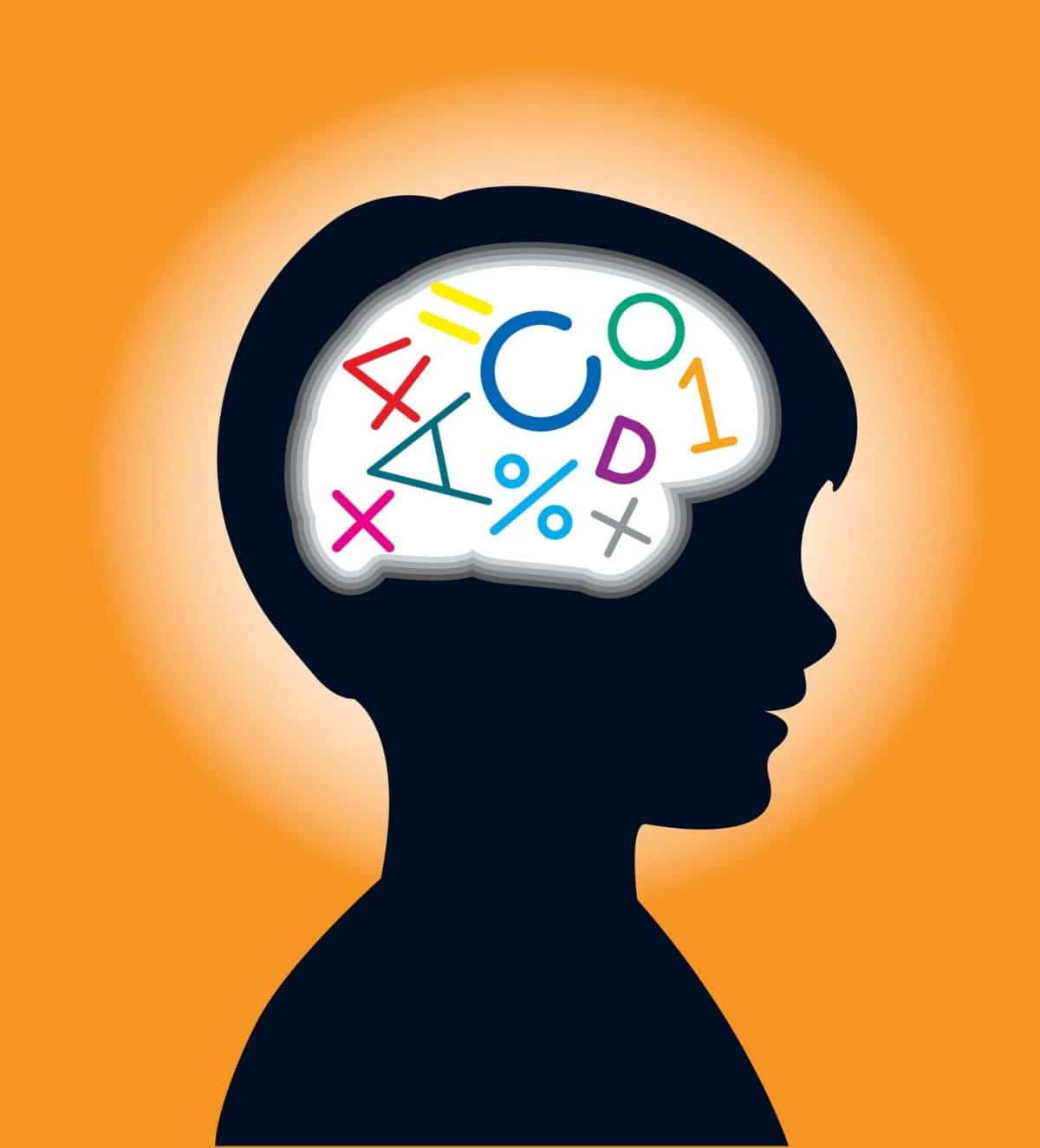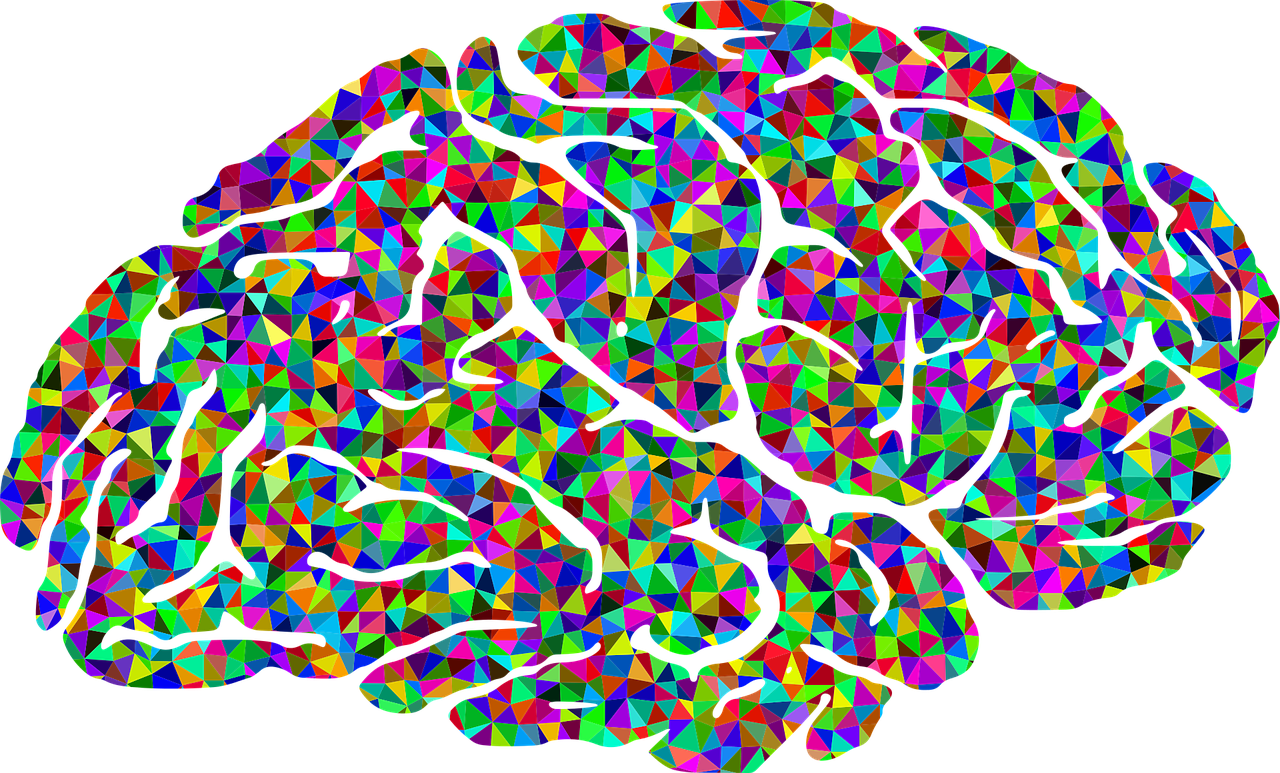
Today we talk about the cross laterality in children and difficulties that this may have. To begin with, we will define what laterality is. This is the specialization of the hemispheres and refers to the functional dominance from one side of the body over the other.
To find out which side is predominant in each person, we will look at his hand, foot, eye and ear. Right-handers use their right side in the use of all these parts of the body, while Left-handed they use their left side. There are people who do not have a predominance of one side over the other of the hemisphere, it is what is called mixed laterality. And others have crossed laterality.
What is cross laterality?
With these clear ideas we will establish that crossed laterality is when some functions are performed with one side, and others with another. For example, predominance of the left foot and right eye.
Today the association Hemispheric laterality-lateralization is controversial. Although body sensitivity and motor skills on both sides of the body are directly related to the contralateral hemisphere. This is the left hemisphere controls the right part of the body and the right the left part. The same does not happen with sight and hearing, each receiver sends simultaneous information to both hemispheres. That is, the right eye to the right and left hemisphere and the left eye also to the right and left simultaneously. The same with the ears. And to this we must add the corpus callosum of the brain that serves as a interhemispheric connection and facilitates communication between the two.
What is clear is that well-established laterality facilitates learning, and that this is established after 5 or 6 years in a dominant way, but not decisive.
Most common difficulties associated with crossed laterality

La The most studied cross laterality is that of the hand eye, which is the one that causes the most learning difficulties in reading, writing or calculating. In general, children with crossed laterality have a better oral comprehension than in writing, which is why their reading is slower. It is also common for them to dance and make turns with letters and numbers, or confuse mirror letters, such as b and d.
As something positive is that they are boys and girls who prefer mental math to writing, and that they have greater facility to explain things verbally, giving many details and making links perfectly, than to carry out written work with the same skill.
Sometimes they are not located in space, with difficulty differentiate right and left. They tend to perform manual tasks more slowly.
They can also be more easily distracted, They find it difficult to maintain attention and concentration. These learning difficulties can lead to self-esteem and lack of motivation, causing school failure.
How to detect if your child has this type of laterality?

Laterality usually be evaluated after 5 or 6 years, coinciding with the first learning of reading-writing. Even so, it must be borne in mind that laterality is under construction and contradictory data are common.
With certain tests the natural laterality of the child is deciphered to correct in time if crosses are detected. It doesn't matter whether you are right-handed or left-handed, the important thing is that the different dominances are organized on the same side, especially with regard to the hand, eye and foot. One of the specific tests that is done is the Harris Lateral Dominance Test.
A previous step for any intervention requires a correct psychomotor evaluation. It is necessary to study the evolutionary history of the child, if he has crawled or not, the existence of possible organic disorders or sequelae of accidents and also the results of the ophthalmological examination.
This issue of crossed laterality continues to cause some conflict in the scientific community. There are specialists who support an intervention at an early age, while others prefer to postpone it. Be that as it may, it is the specialists who will advise you and propose the best exercises for your son or daughter.
